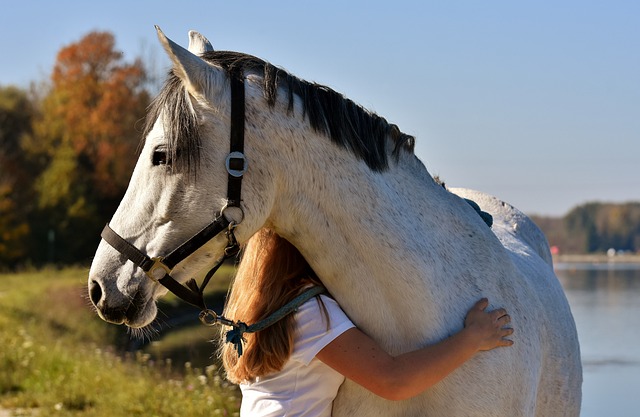Choosing a longboard for beginners should focus on stability and control, with drop-through decks, larger wheels, and slightly flexible boards. Mastering balance through correct posture, gentle pushes, and weight distribution is essential. Navigating turns gradually rather than sharply enhances stability, starting with low-speed turns. Smooth, flat surfaces like concrete are ideal for learning fundamental skills. Maintaining low center of gravity through bent knees improves speed control. Regular board maintenance prolongs durability, preventing rust and damage.
Embark on your first longboard adventure with confidence! This guide is tailored for those seeking a smooth cruising experience. From choosing the perfect longboard for your needs to mastering advanced techniques, we’ve got you covered. Learn the art of balancing, navigating turns effortlessly, and selecting ideal riding surfaces. Additionally, discover tips for maintenance and longevity. Whether you’re a newbie or looking to enhance your skills, these insights will ensure a thrilling and controlled longboard journey.
Choosing the Right Longboard for Your First Ride

When embarking on your first longboard ride, selecting the ideal board is key to a smooth and enjoyable experience. For beginners, it’s best to opt for a longboard designed specifically with novice riders in mind. These boards typically offer a more stable platform due to their larger wheels and softer bushings, making them easier to control and less prone to wobbling at higher speeds. Look for a board with a drop-through or drop-down deck design, which lowers the rider’s center of gravity, enhancing stability.
Additionally, consider the deck shape and flex. A standard pin tail shape is versatile and suitable for various riding styles. As for flex, a slightly flexible deck can provide a smoother ride and better absorb shocks from the road, preventing excessive vibrations that might fatigue your arms. Remember, the right longboard for beginners should strike a balance between maneuverability, stability, and comfort to ensure an enjoyable introduction to the world of longboarding.
Mastering the Basics: Standing and Balancing Techniques

Mastering the fundamentals of standing and balancing is a crucial step for any beginner cruising on a longboard. The key to a smooth ride lies in finding your equilibrium, which starts with understanding how to distribute your weight evenly across the board. Begin by adopting a relaxed posture, keeping your arms slightly bent and your eyes forward. This promotes stability while allowing you to gauge the board’s response.
Practice balancing on the longboard by pushing off gently and focusing on maintaining your center of gravity. Use small, controlled movements to steer and correct your balance as needed. As you gain confidence, gradually increase your speed, always remembering that a steady, balanced ride is more enjoyable and safer than a rushed, unsteady one.
Navigating Turns: From Slow to Smooth Curves

Navigating turns is a crucial skill for any longboarder, especially beginners looking to enjoy a smooth cruising experience. When tackling curves, the key lies in maintaining control and minimizing speed loss. For first-timers, it might feel intuitive to brake sharply before a turn, but this often leads to a bumpy ride. Instead, focus on gradual deceleration as you approach the bend, allowing your body to naturally shift weight and maintain stability.
Practice makes perfect, so beginners should start with wide turns at low speeds, gradually increasing their radius and speed as they gain confidence. The goal is to achieve a smooth flow through each curve, ensuring a comfortable ride without jarring motions. By learning to navigate turns smoothly, longboarders can confidently cruise through city streets or explore scenic paths, enhancing their overall cruising experience.
Picking Ideal Riding Surfaces for Beginners

For those new to the world of cruising, selecting the right riding surface is a key first step. A longboard for beginners is an excellent choice as it offers stability and an easy learning curve. The ideal surface should provide a smooth ride and be conducive to developing basic skills like turning and balancing. Concrete or paved roads are perfect options due to their consistent and flat nature, allowing beginners to focus on mastering the fundamentals without worrying about uneven terrain.
These surfaces offer a more controlled environment, which is crucial for building confidence. Additionally, many urban areas have dedicated longboard paths or bike lanes, making it easier to find suitable practice spaces. Starting with these accessible surfaces ensures a positive and smooth cruising experience for new riders.
Advanced Tips for Enhanced Stability and Control

For a smooth cruising experience on your longboard for beginners, mastering stability and control is key. Focus on maintaining a low center of gravity by bending your knees slightly and keeping your body centered over the board. This simple adjustment significantly improves balance, especially at higher speeds. Practice predictive turning, where you initiate the turn before the need arises, allowing for more fluid and controlled maneuvers.
Engage your core muscles to stabilize yourself during turns and use your arms to steer with precision. Remember, smooth, deliberate movements are better than abrupt ones, which can cause loss of control. With consistent practice, these advanced tips will not only enhance your stability but also enable you to enjoy the ride with increased confidence on your longboard for beginners.
Maintaining Your Longboard for Longevity

For a smooth cruising experience, maintaining your longboard is key to longevity. As a beginner, regularly cleaning and lubricating your board will prevent rust and ensure a seamless glide. Inspecting the wheels and bearings for any wear and tear is crucial; tight or loose bearings can disrupt your balance and overall performance.
Invest in high-quality care products recommended for longboards, such as wheel wax to reduce friction and protect against damage. Storing your board properly is equally important – keep it out of direct sunlight and extreme temperatures to avoid warping. With proper maintenance, your longboard will serve you well, allowing you to enjoy many miles of cruising with minimal hassle.
